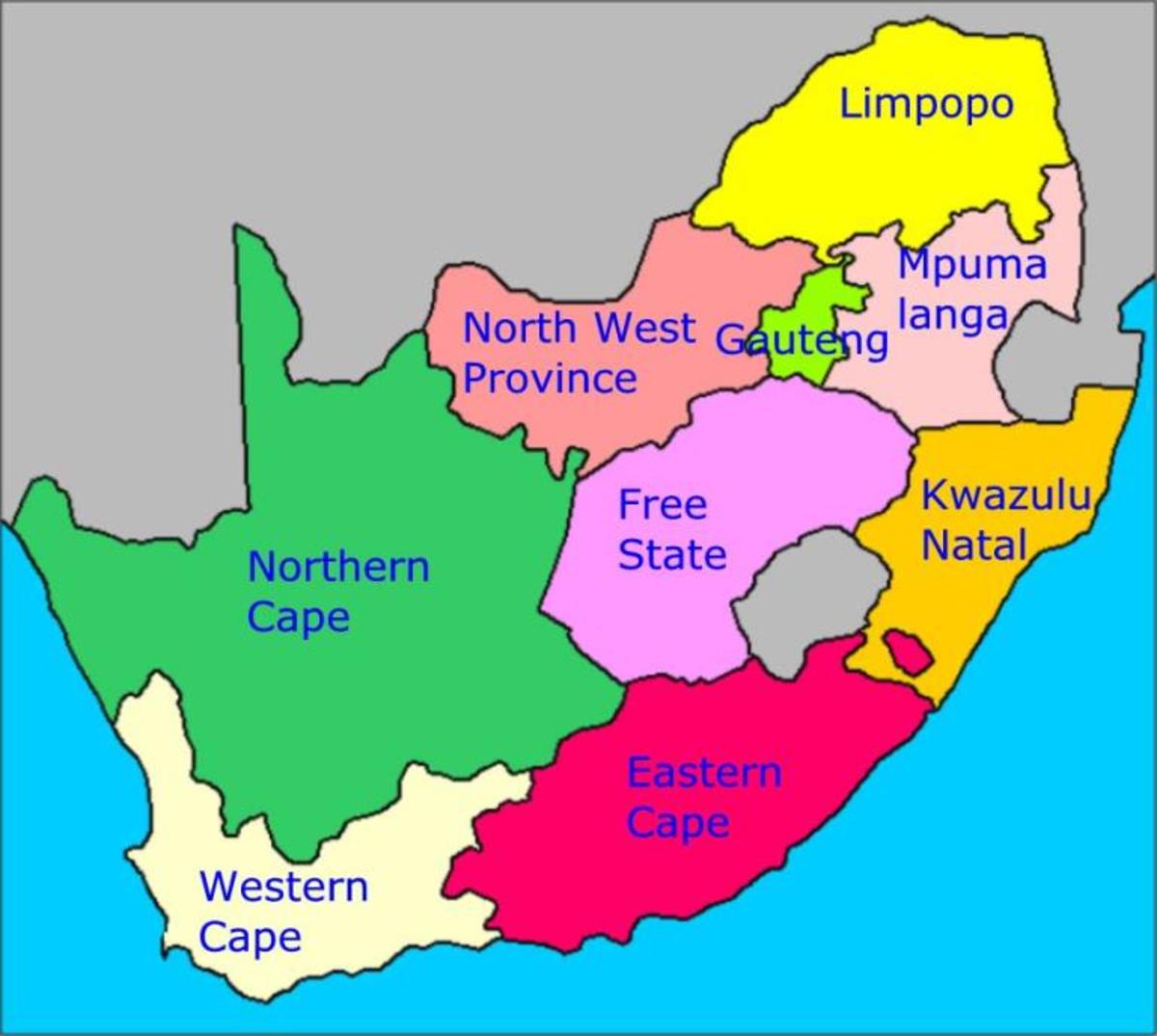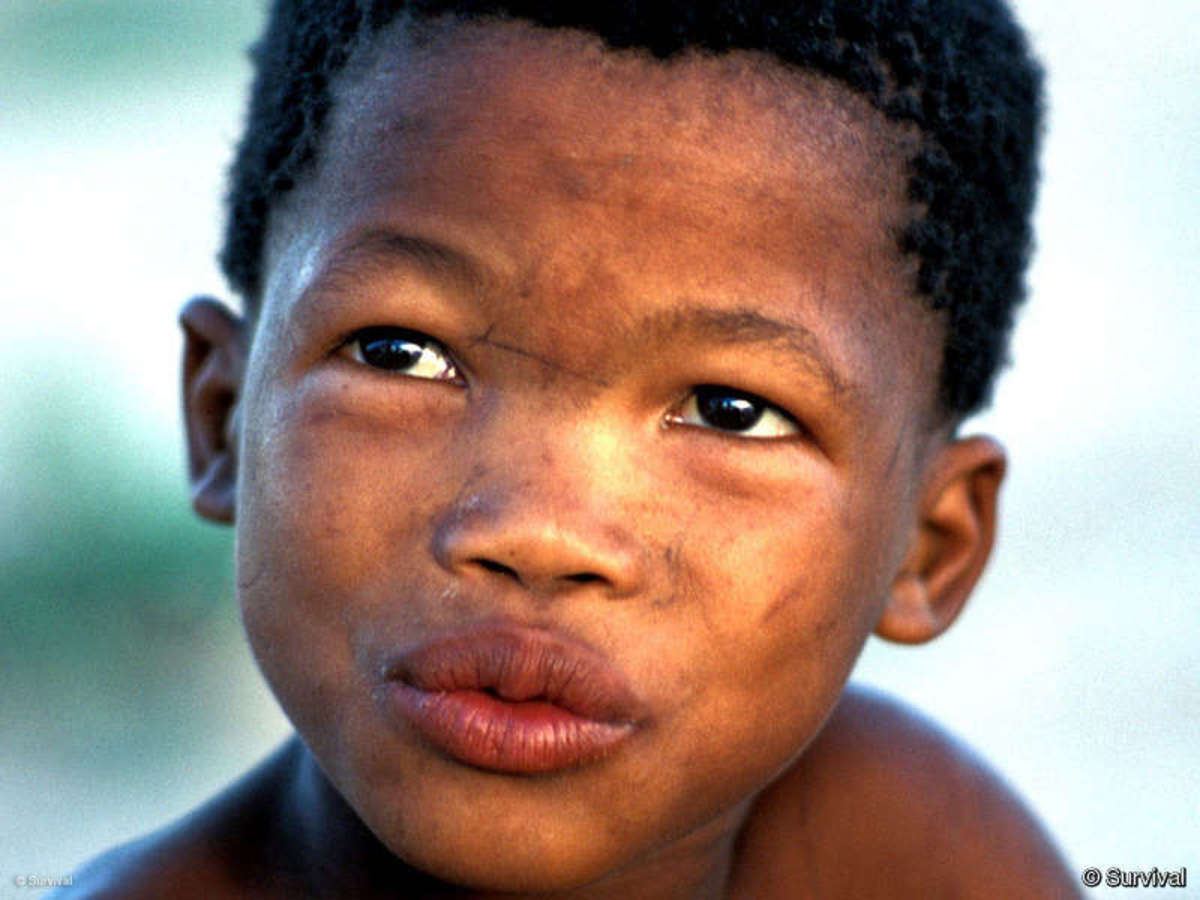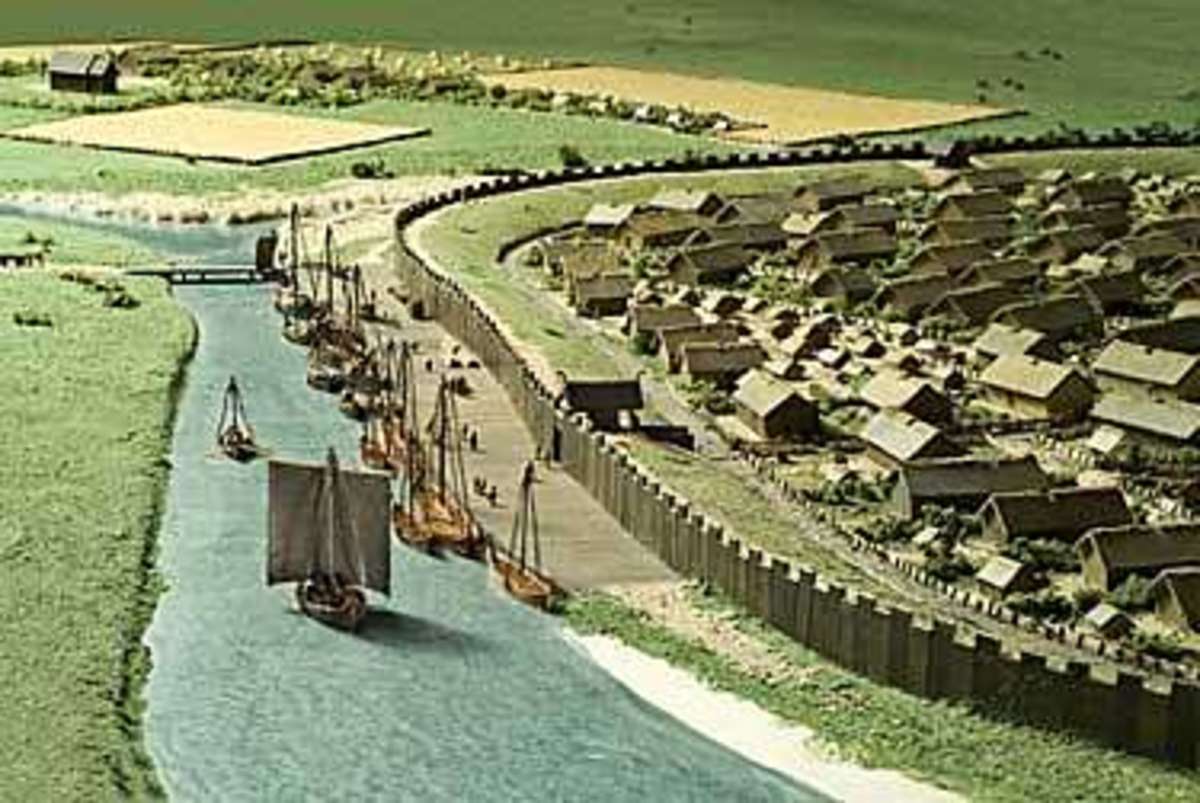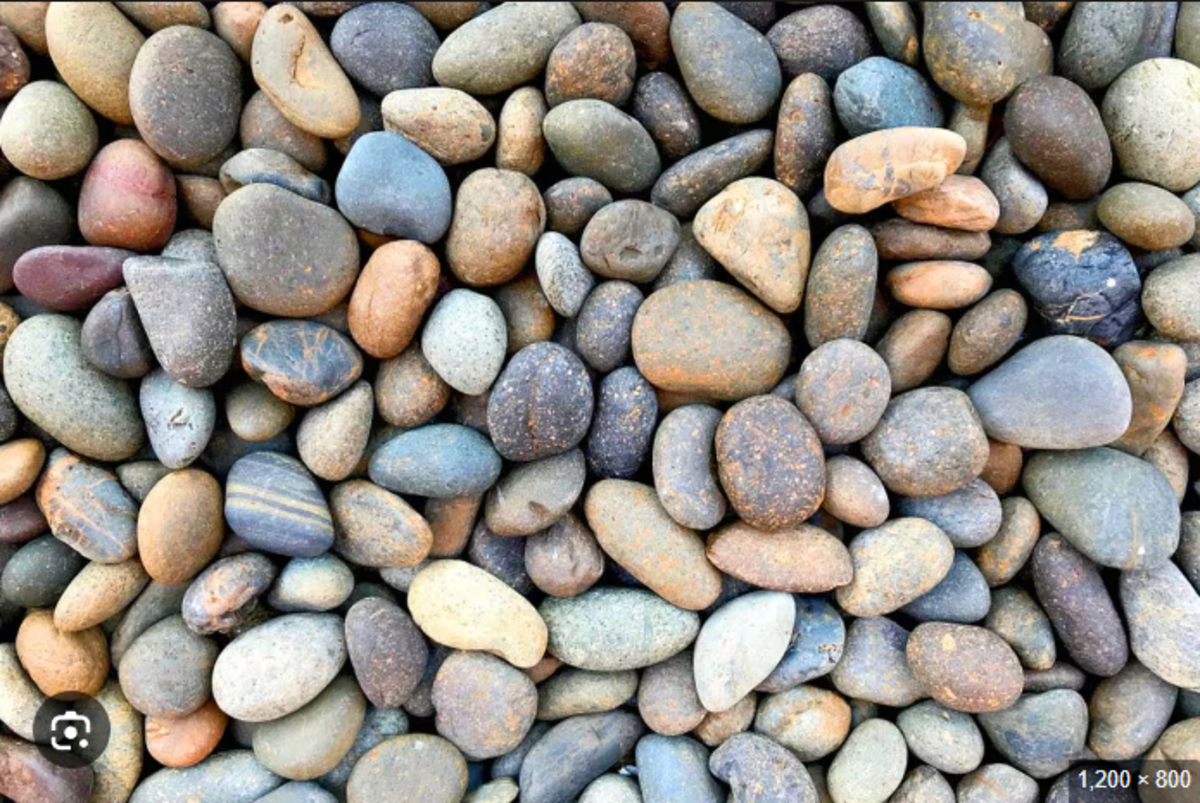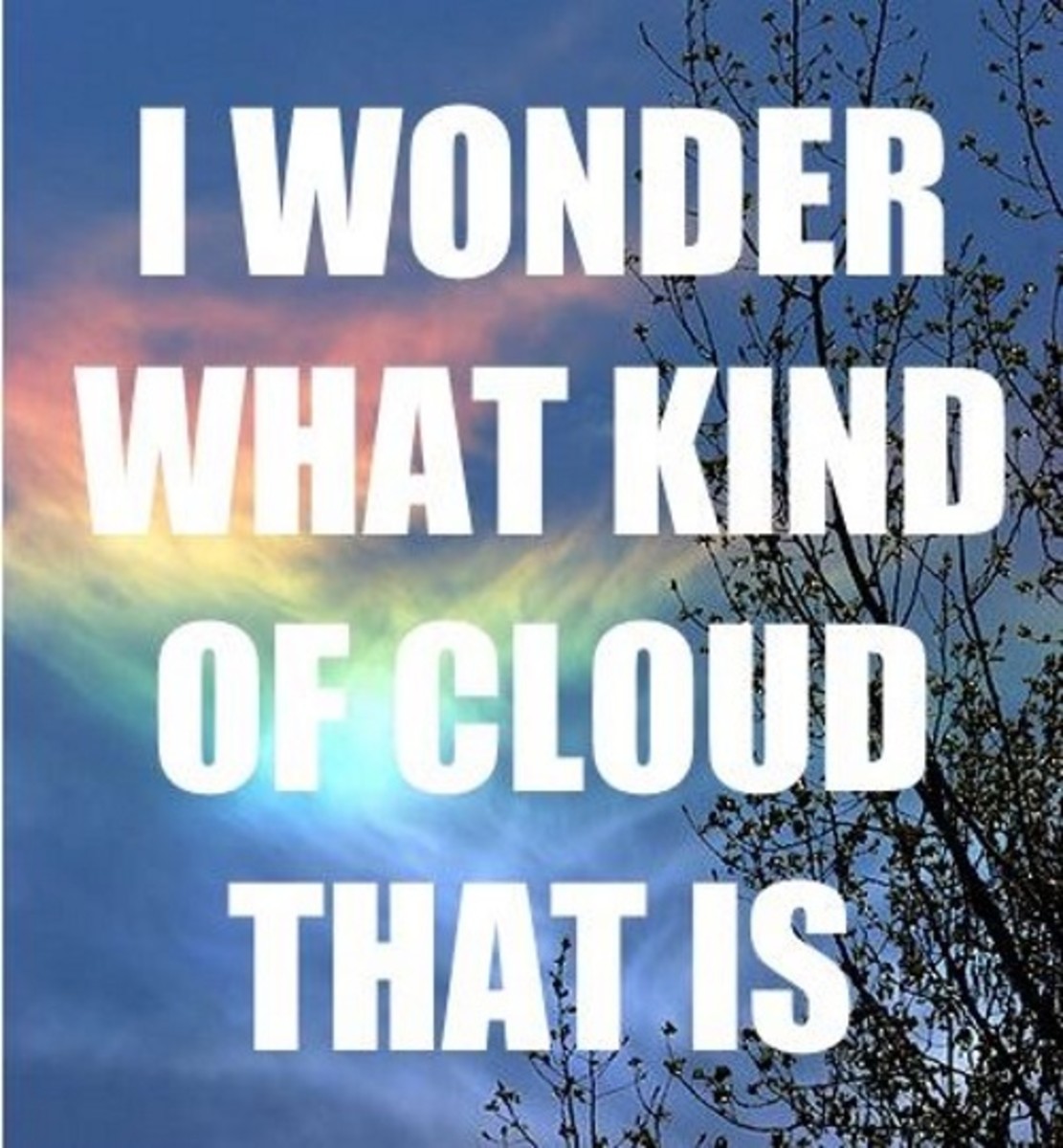Fynbos Floral Kingdom- South-west Cape
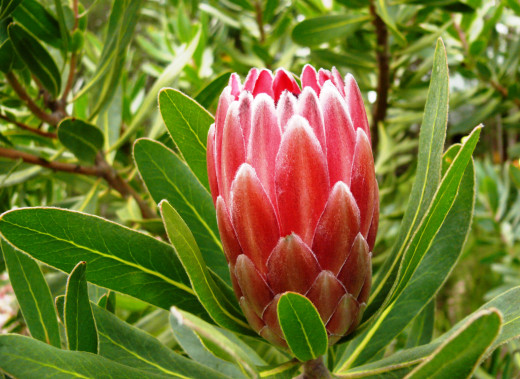
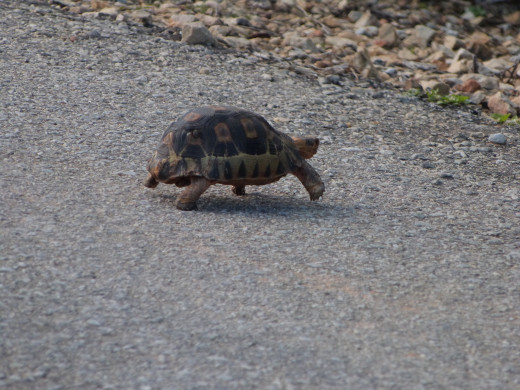
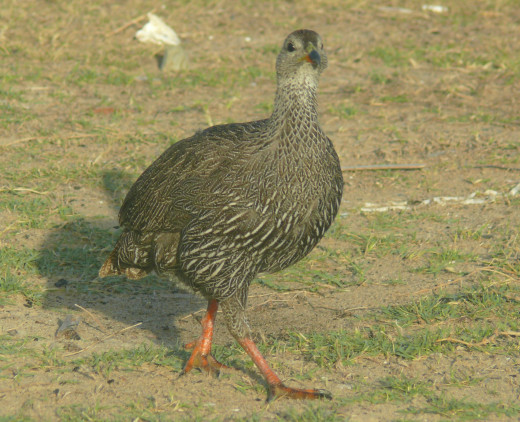
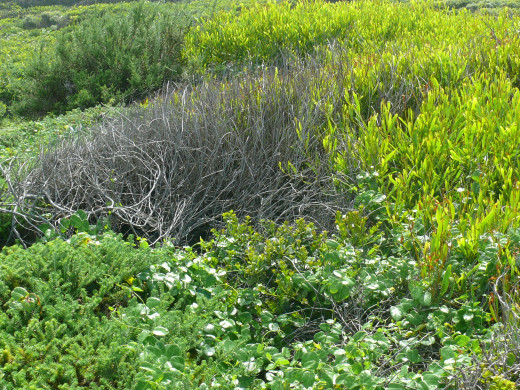
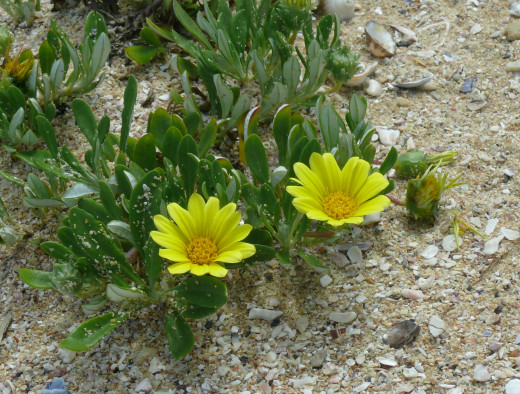
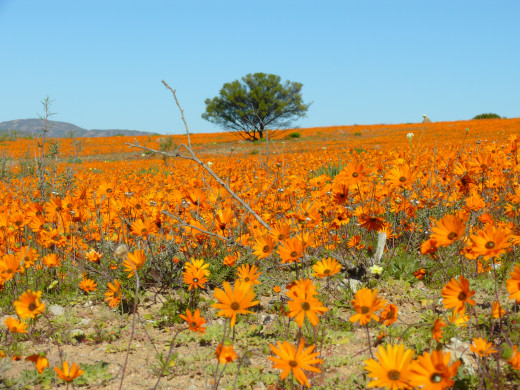
A South African Icon: Fynbos.
The word Fynbos is used to describe a collection of vegetation types found in the Southern and South-western parts of South Africa. As one of the five so called Floral Kingdoms in the world it is the smallest (comprising about 70 000 km square). It is, however, a particularly rich biome and contains more than 600 species of Erica (Heaths). In Scotland there are only two or three different species of heaths.
The name Fynbos comes from the Afrikaans word meaning fine bush and consists of many kinds of plants that are either broad or fine-leaved. It contains many plant species that are endemic (not found anywhere else) to this area. Many are highly endangered and in need of protection as land use for farming and housing, compete for space in this relatively small area.
In comparison to the Boreal Floral Kingdom that occupies about 40% of the world’s land mass, the Fynbos Floral Kingdom covers only about 0.04 of the earth’s land mass. It has however been described by some as “the richest and perhaps most beautiful” floral kingdom in the World.(McMahon/Fraser - A Fynbos Year)
As you travel along the highway that passes Port Elizabeth in the Eastern Cape on your way along the Garden Route to Cape Town, you begin to smell the Fynbos. It smells of lightly burns toast and announces that you are in Fynbos country. In some areas as you travel along the Southern Coast of South Africa past Cape Town and on along the West Coast, it is only about 50 km wide but in other areas it extends a couple of hundred km. The landscape extends from sand dunes along the coast to the rocky slopes of the nearby Cape Folded Mountains.
The rainfall in this area is winter rainfall, introduced to the Southern parts of the continent by cold fronts that approach from the cold southern oceans. In the east the sea is warm as the Mozambique Current in the Indian Ocean flows from the warmer equatorial regions of the north. On the south and west coast the cold Benguela current in the Atlantic Ocean brings cold water. The whole area is characterized by strong winds and of particular threat to the fynbos are the very hot berg winds that flow from the interior and are heated adiabatically as they descend onto the coast.
The Fynbos is hardy and normally grows low to the ground and the different types of vegetation result according to the different soils available. There are four types of Renosterveld Fynbos and a Strandveld Fynbos region. The latter being found in coastal areas including the Namaqualand area where the annual winter flower display is a sight not to be missed. Shortly after good winter rains this area blooms with a number and variety of flowers that provide a visual display that is world famous.
One of the best known Fynbos plants is that of the family Proteaceae (Protea). This family is said to be one of the oldest families of flowering plants. The daisy species has almost 1000 types and the irises over 600, to mention just a few. Visiting an area like Nieuwoudtville, Van Rynsdorp or Clanwilliam in the Western Cape during the winter blooming period, will have any flower enthusiast on their knees, admiring the many flowering species in the floral reserves. Nieuwoudtville claims to be the “bulb capital” of the world.
The Fynbos provides a habitat for an interesting number of animals and birds. Many of the birds in the area are endemic and so bring serious birders from South Africa and elsewhere to the region. The Verreaux (Black) Eagle can be seen soaring over the Fynbos looking for a likely prey that will sometimes include a tortoise.
Tortoise species in the Fynbos area consist of about six species, with the rarest being the Geometric Tortoise and is listed as one of the most endangered in the world. One of the largest tortoises in the area is the Leopard Tortoise that can grow to almost 50kg.
Of the 800 plus butterfly species in South Africa, over 200 are found in the Fynbos vegetation and again several are endemic to this area. As with plants, new species of butterfly are yet to be discovered in this rich natural environment.
Sadly much of the Fynbos vegetation is endangered and so several organizations attempt to protect this amazing and diverse habitat. These including the Wildlife and Botanical Societies of South Africa. Growth in human population, tourism and recreation and the presence of many alien plants and animal species in this beautiful and valuable part of the South African are some of the problems that threaten this Landscape in the future. At the same time many care deeply about it and so are interested in preserving it for future generations.
Reference: Wikipedia
A Fynbos Year- McMahon and Fraser

